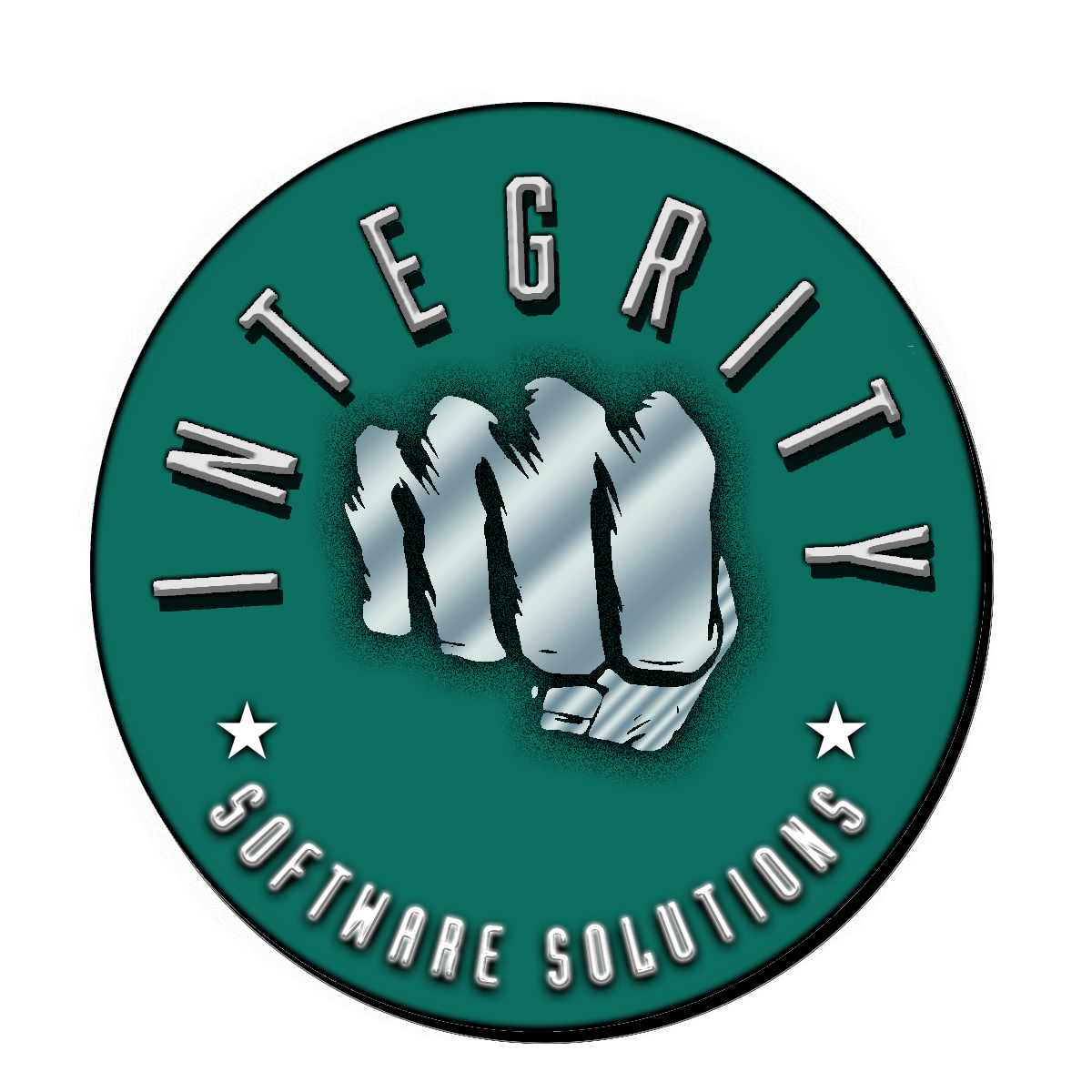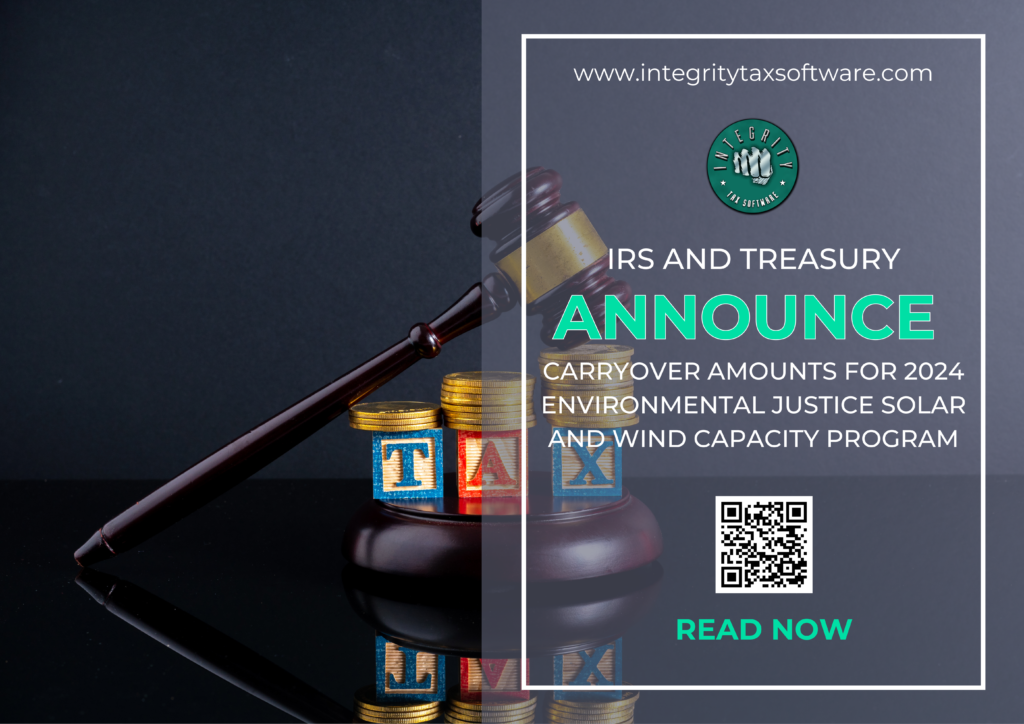In a significant move for environmental justice and renewable energy initiatives, the Department of the Treasury and the Internal Revenue Service (IRS) have released Announcement 2024-25, detailing the carryover amounts for the 2024 program year under the Low-Income Communities Bonus Credit program. This announcement outlines the total unallocated capacity limitation for solar and wind projects from the 2023 program year that will be available in 2024, along with the distribution of these carryover amounts across various facility categories and application options.
Background on the Low-Income Communities Bonus Credit Program
The Low-Income Communities Bonus Credit program, established under the Inflation Reduction Act, aims to incentivize renewable energy projects in underserved communities. The program provides a boost to the energy investment credit for solar and wind facilities that apply for and receive an allocation of environmental justice capacity limitations. By targeting low-income communities, the program seeks to promote equitable access to clean energy benefits and support sustainable development in areas that have historically faced environmental and economic challenges.
Details of Announcement 2024-25
Carryover of Unallocated Capacity
Announcement 2024-25 specifies the total amount of environmental justice solar and wind capacity limitation that has been carried over from the 2023 program year to the 2024 program year. This carryover ensures that unused capacity from the previous year can still be utilized, promoting continued investment in renewable energy projects in low-income communities.
Distribution Among Facility Categories
The announcement also outlines how the carried-over capacity will be distributed among different facility categories. This includes details on category 1 sub-reservations and application options for the 2024 program year. By providing a clear distribution plan, the Treasury and IRS aim to ensure that the available capacity is allocated efficiently and effectively to maximize the impact of the program.
Increased Energy Investment Credit
Under the Inflation Reduction Act, taxpayers who receive an allocation of the environmental justice solar and wind capacity limitation and properly place their facilities in service can claim an increased energy investment credit. This enhanced credit is available in the year the facility is placed in service, providing a significant financial incentive for developers to complete their projects promptly.
Application Process and Guidance
To assist potential applicants, the Treasury and the Department of Energy (DOE) held a public webinar on May 16, 2024. This webinar provided detailed information about the application process for the 2024 program year, offering valuable insights and guidance to help applicants navigate the requirements and maximize their chances of receiving an allocation.
In addition to the webinar, further guidance and resources, including the 2024 Revenue Procedure, final regulations, and other program-related materials, are available on the DOE program homepage. These resources are designed to help applicants prepare their submissions and understand the eligibility criteria and application process in detail.
Moving Forward: Maximizing Renewable Energy Opportunities
The carryover of unallocated capacity limitations from 2023 to 2024 represents a continued commitment by the IRS and Treasury to support renewable energy projects in low-income communities. By providing clear guidelines and resources, these agencies aim to facilitate the application process and encourage widespread participation in the program.
As the 2024 program year unfolds, stakeholders in the renewable energy sector have a unique opportunity to leverage these incentives and contribute to the growth of clean energy infrastructure in underserved areas. By taking advantage of the increased energy investment credit, developers can not only advance their projects but also play a pivotal role in promoting environmental justice and sustainability.
Conclusion
The IRS and Treasury’s Announcement 2024-25 marks an important step in the ongoing effort to support renewable energy development in low-income communities. By carrying over unallocated capacity limitations and providing detailed guidance on the application process, these agencies are paving the way for continued investment in solar and wind projects that can drive positive environmental and economic outcomes.
For more information on the 2024 program year and to access application resources, stakeholders are encouraged to visit the DOE program homepage. As the renewable energy sector continues to evolve, proactive engagement with these programs can help ensure that the benefits of clean energy are accessible to all communities, fostering a more equitable and sustainable future.

